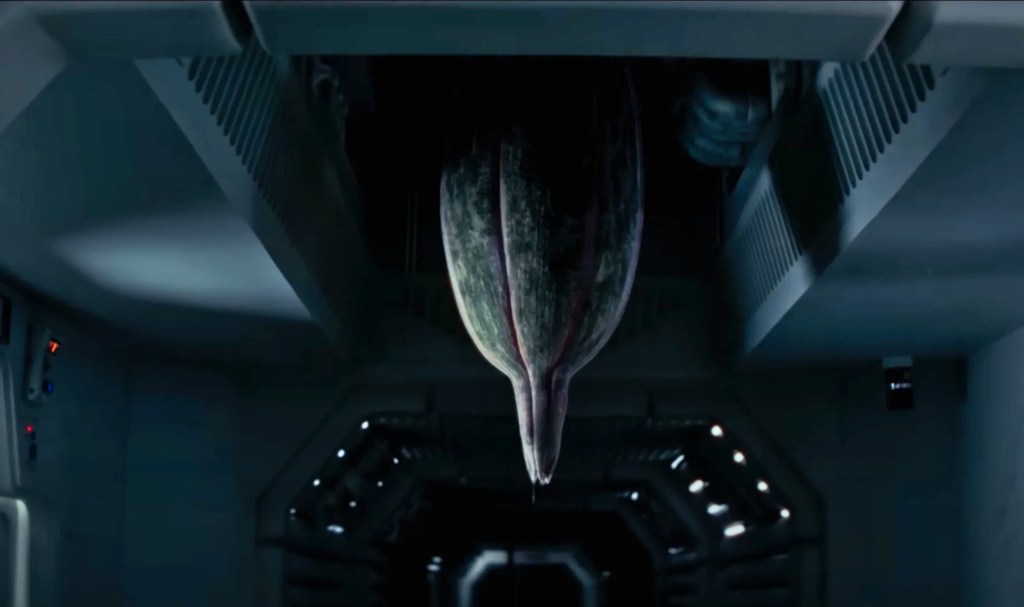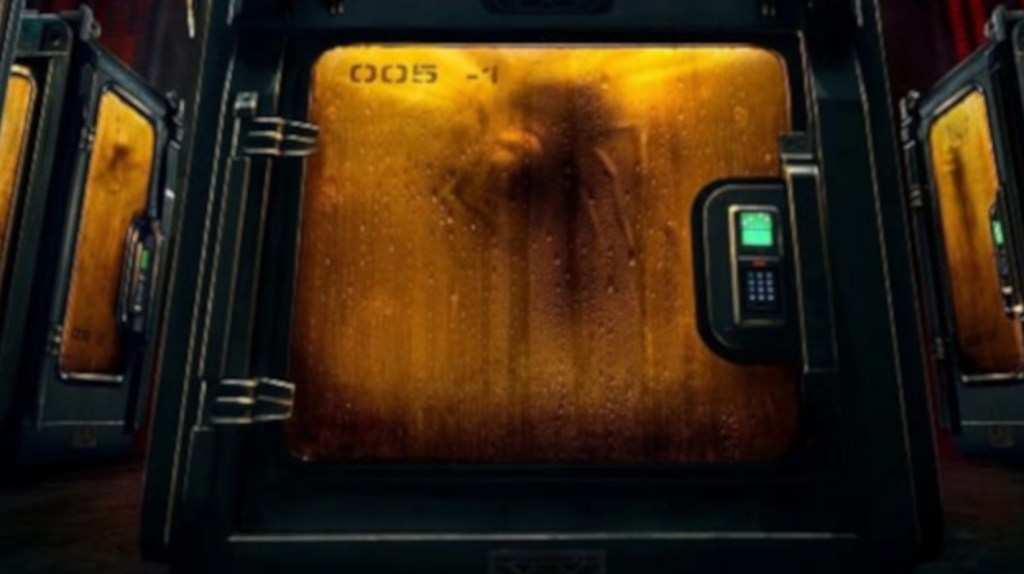Alien: Earth showrunner Noah Hawley clearly didn’t think the franchise was doing enough with the implications of its title. Ridley Scott’s Alien (1979) imagined the kind of nightmare lifeforms that existed out in the far regions of space; however, since that time, the franchise (and even Scott himself) has expanded the scope of what shapes those nightmares take, introducing variant forms of the iconic xenomorph creature, as well as the “black goo” that can result in wildly unpredicatable mutations.
Videos by ComicBook.com
With Alien: Earth, Hawley is cutting through some of the more convoluted franchise mythos by revealing that facehugger eggs and Xenomorph Drone from Alien were just one of five species that the Weyland-Yutani megacorporation discovered in the depths of space, in a quest to develop the next era of bioweapons. Though we only get teasers of the horrors to come in the first two episodes, here are the new creatures Alien: Earth introduces.
NOTE: Obviously, the facehugger eggs and the resulting xenomorph drones will be part of the show, so we won’t waste time re-treading that road. Here are the four new creatures Alien has added to its mythos:
4) The Eye Octopus

This mysterious parasitic creature is seemingly just as dangerous as the xenomorphs. Keeping with the traditions of the original Alien (which never actually named its creature), it has no official name (yet), so we’ll go with the most obvious associations by calling it the ‘Eye Octopus’ parasite. When the Prodigy Corporation team arrives at the Maginot crash site, it’s clear that the Eye Octopus creature has gotten free and intends to escape. Thankfully, the “Lost Boys” hybrid squad and their synthetic handler Kirsh (Timothy Olyphant) manage to wrangle the wily creature.
The Eye Octopus is curiously given POV moments during its scenes onscreen, immediately suggesting it is an intelligent, thinking organism – and a sharp, cunning one at that. In terms of function, this creature fits perfectly into the Alien franchise: it moves about on a gelatinous, tentacled body akin to a tiny octopus, only its “head” is a single eye, whose iris can alter from a focused singular view to multi-directional viewing like a fly. When it “attacks,” the parasite can stretch its powerful tentacles exponentially far to snag a victim, before forcibly ripping out one of its eyes and embedding itself in its place. The parasite’s tentacles act as synaptic wiring, reanimating and controlling the host body, whether it is alive or dead. So, while it may not carry the same widespread infectious threat as a xenomorph outbreak, the unpredictable variation in potential host bodies makes the Eye Octopus a dire threat in a different way.
3) Blood Bugs

The other creatures (besides the xenomorph) that get a spotlight in the first two episodes of Alien: Earth are the blood bugs. Like the Eye Octopus, these bugs are shown to be intelligent and cunning; after getting loose during the crash, the bugs bide their time until two Prodigy search and rescue team members are left behind, bound together, in the ship’s ruined lab. With their victims alone and helpless, the bugs attack, burrowing into the men’s bodies and feeding on blood and guts until the sacks at the rear section of their bodies are swollen with gore, dragging behind them. Investigation by Hermit (Alex Lawther) and the Prodigy S&R team turns up records that hint at the bugs being like the xenomorph species: they are implanted inside a host, gestate there until the egg sac ruptures, and multiple bugs are released inside the host’s body. Beyond their ability to hunt, spin some kind of webbing, and single-handedly kill an adult human, the bugs’ full range of abilities is still unknown.
2) The Flower Bud

There’s not much to say about the flower bud creature; it certainly makes its presence felt in the first episodes. The flower bud is technically the first specimen we see locked away on the Maginot at the start of the show; it’s also conspicuously hanging in a hallway after the crash. That said, outside of stalking Kirsh and Tootles (Kit Young) with a spiked proboscis protruding from its bud (which looks plenty deadly), there’s not much to glean from this creature.
Will it eventually open to reveal some new nightmare that’s been gestating inside? Or is this Alien‘s version of a Venus Fly Trap? The answer may lie in a brief computer screen dossier seen in one of the earlier Alien: Earth trailers…
1) Flying Bug

Did you even catch sight of it? If you go back and watch the first scene of Alien: Earth, and the establishing shot of the Maginots‘ cargo hold containing the specimens, you’ll see it: One of the cargo boxes holds an alien insectoid bug like a dog-sized fly, which hops up onto the glass of the case. If you didn’t keep count, this species of bug is the fifth and final sample that the Maginots‘ crew gathered (RIP). Obviously, time was limited in the first two episodes of Alien: Earth; the flying bug species didn’t seem to escape in the crash, so maybe it’ll get a spotlight in later episodes. For now, some early promo posters for Alien: Earth are the only tease of what the creature’s design will be.
On the whole, we presume that Alien: Earth will use its 8-episode pace to give each new creature a moment of feature. For now, which new creature is your (early) favorite design? Is this an exciting expansion of the franchise lore, or do you prefer the xenomorph to be the star of the show (literally)? Alien: Earth is streaming on FX-Hulu.










